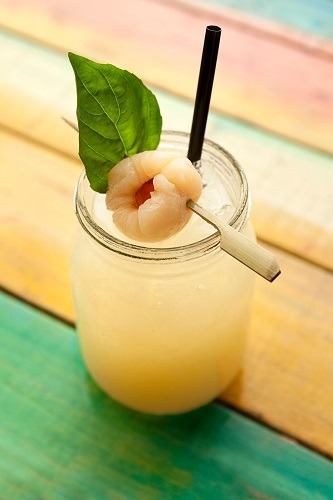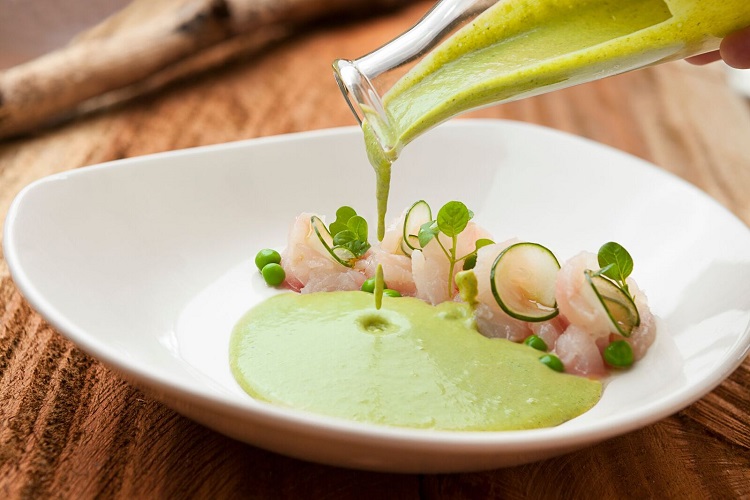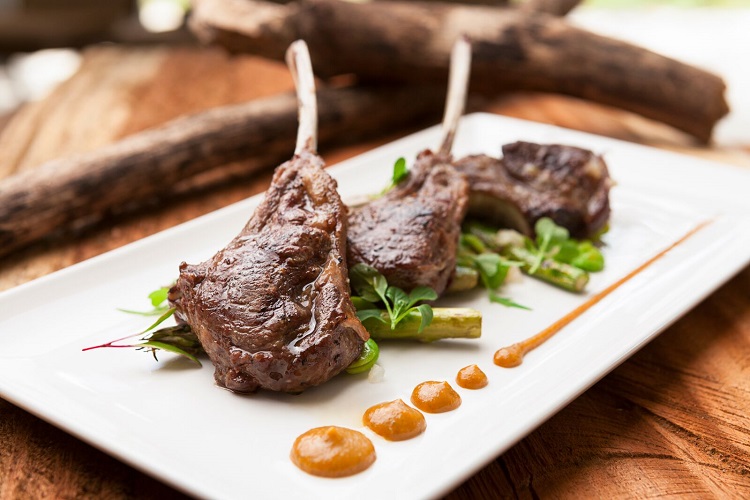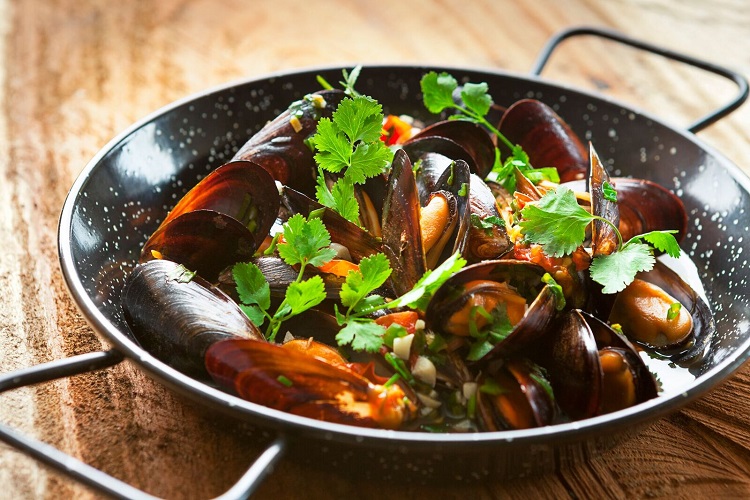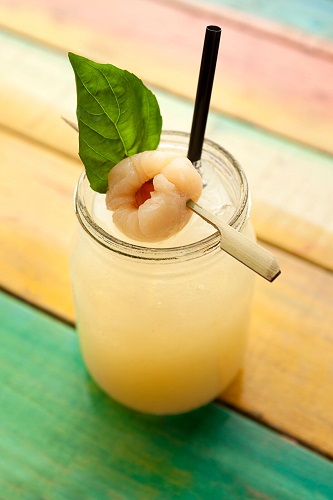Learning To Appreciate Costa Rican Cuisine At El Mangroove Resort
I don't think we're talking enough about Costan Rican food. Well, I am. But you're not. Having just gotten back from Costa Rica, I am obsessed and want to talk to everyone about the food. So I'll start here: Costa Rica is a tiny country whose gastronomy is often overshadowed by other Latin American food meccas such as Mexico and Peru. Most know Costa Rica for its staples: rice and beans, fresh fruit, and coffee. But as tourism continues to boom, the country's expat population swells, and the popularity of small sustainable farming spreads through the country, more and more chef-driven restaurants and resort food and beverage programs are stepping it up. They're showcasing traditional farm-to-table (or sea-to-table) Costa Rican dishes with pride, often adding an international or contemporary twist.
The dining options at El Mangroove Resort are a perfect example. After spending a few days there, I never wanted to leave. Or to stop eating. Or to leave. Did I mention that I never wanted to leave?
Located on Panama Beach, right on the Gulf of Papagayo, El Mangroove is only a twenty-minute drive from the airport, and it is almost a caricature of paradise: the warm ocean lapping at the sand, sunsets that leave the sky streaked bright pink, the sound of howler monkeys in the trees. My first night, I attended Peruvian chef Arturo Soto's "chef's table," a resort offering that provides guests with a private tasting menu and pairings of surprisingly delicious Costa Rican wine under the stars, where they can watch Soto cook their dinner and chat with him while they eat.
The influx of tourism throughout the country means more and more foreign chefs are taking jobs at Costa Rican resorts, learning Costa Rican dishes, and adding special touches from their own stomping grounds. For example, the appetizer on the chef's table tasting menu was grilled octopus (very Costa Rica) with grilled avocado (also very Costa Rica) and quinoa salad (very Peru; the Incas considered quinoa sacred). The dessert was a "chocolate sphere" of hot fudge over hard chocolate over ice cream – a dish that is both very Peru, as Peruvian chocolate is among the world's best, and very Costa Rica, as Costa Rica's rich cacao industry – which was all but wiped out by a fungus in the 1970s – has recently made a big comeback.
As a result of this culinary elevation, international fusions, and beautiful presentation, there has been a growing interest among travelers in the country's gastronomy.
"People who visit Costa Rica want to eat Costa Rican food," Otto Lopez Vergara, who manages El Mangroove's food and beverage program, told me one evening over dinner at the resort's main restaurant, Makoko (where you should definitely try the roasted shitake mushroom side dish). "We locally source everything we can." At Matiss, another El Mangroove restaurant, you can sample a lot of old-school, home-style, unadulterated local dishes, including patacones, or fried plantains, and chifrijo, a typical bar snack served in the cantinas: rice, beans, grilled avocado, pico de gallo, and chicharrones.
While it may be tempting, however, you shouldn't spend all your time on a resort while in Costa Rica. Luckily, El Mangroove is well located and accessible. Take a day trip to the countryside (you'll see sloths!) and check out Kiwanda Maji Farm so you can milk cows, hold baby goats, and eat the fresh cheeses they make daily. You should also spend a couple days in the capital of San Jose to try out some of its chef-driven restaurants, including beautiful Kalu. Borrow one of El Mangroove's bikes so you can duck into a soda (a traditional, no-frills Costa Rican eatery) for a casado. Spanish for "married," casado is a common dish that gives you just about everything you could possibly need out of a meal: rice, beans, salad, meat, plantains. The name refers to the marriage of the ingredients and how each component of the dish complements the others. It doesn't sound exactly like marriage to me, but it does capture the particular pleasure of Costa Rican cuisine.
The meals and resort stay that are the subject of this review were provided at no cost to the contributor.
